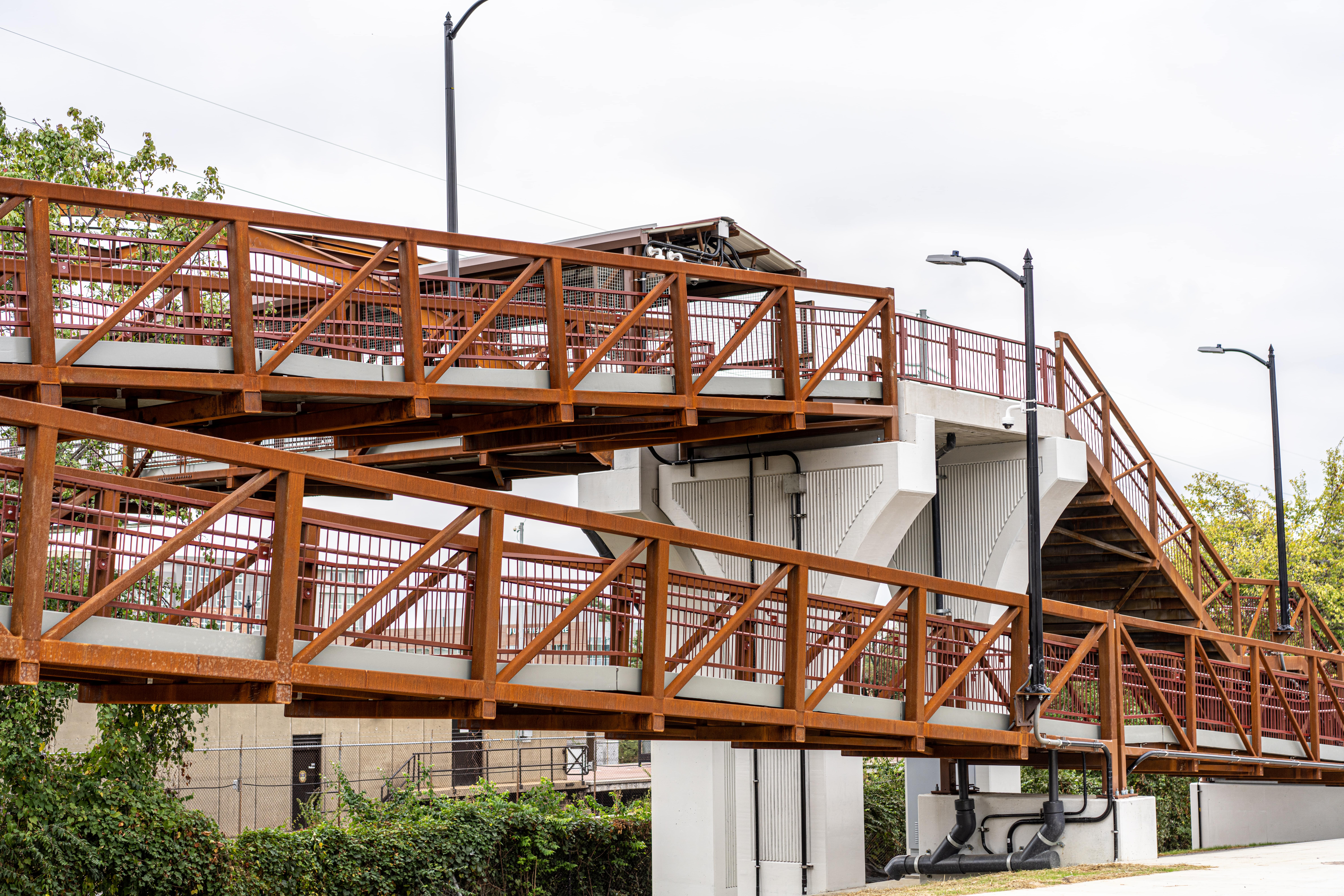We just returned from the the 2015 CAMX (Composites and Advanced Materials Expo) and wanted to share a few thoughts. Overall, the conference and trade show provided a nice opportunity to network with colleagues, spread the word on FRP infrastructure and work within our trade association council.
I was pleased with the attendance at my presentation, so thanks to those who could make it. I gave a status report on FRP in five key areas of civil infrastructure. For each area, I discussed the successes, challenges and opportunities that we face. While some of the successes are impressive, there are still challenges that require time and effort to overcome. Some of these challenges are beyond our control. While the US vehicle bridge census of 600,000 bridges is enormous, FRP technology is only applicable to part of this count. FRP manufacturers and suppliers must understand where FRP offers value in the different applications and prevent problems that will reflect poorly on all FRP technology.

Key points and highlights from the presentation include:
- FRP has been able to develop solutions with standards and practices that were not written for the material.
- FRP has become the mainstream material choice for strengthening concrete bridges. This is a nice place to be.
- Because of its many benefits at little or no price increase, FRP decking has become a good fit for large pedestrian bridges.
- FRP rebar is faring well in Canada thanks to 100-year life cycle design standards.
- Procurements that are purely acquisition cost based (first cost only) make it difficult for a material technology that offers life cycle costs as a primary benefit.
- Life Cycle Assessment methods are necessary to convey the long term savings of FRP. We must move beyond waving our hands and saying, "FRP lasts a long time!"
Education and market awareness are very important when spreading the word about newer technologies. We don’t yet know all the people and projects who could benefit from FRP composites. Wider broadcast of education and information is needed. The main manufacturers of FRP infrastructure products participate in the Transportation Structures Council of the American Composites Manufacturers Association. We had a good meeting at the end of the conference to discuss advocacy and information plans for 2016.
Have questions on FRP and infrastructure? Contact us today or click below to download the slides from my presentation.

